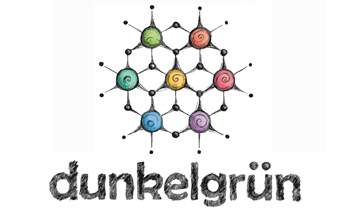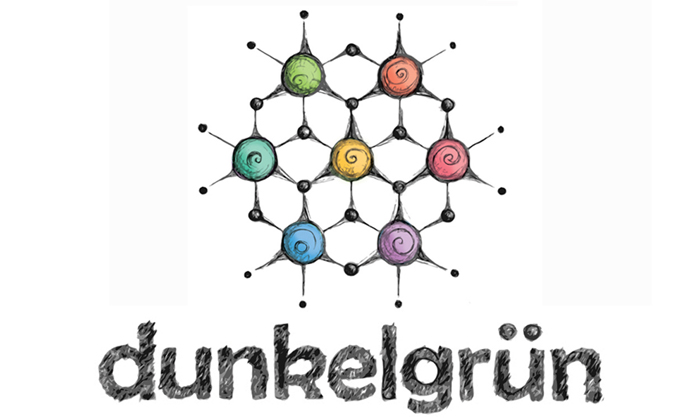Come along with me on an experiment! In this video I make an all-natural wool wash from ivy leaves and below you find all the details.
Recipe
- 10 Fresh ivy leaves (european ivy, common ivy or hedera helix)
- 500 ml (17 oz) of boiling water
- handknit item of about 200 g (7 oz)
Cover the ivy leaves with boiling water in a jar and let sit for 1 hour.
Close the jar and shake – you will see foam because of the presence of saponins.
SAFETY NOTE: Do not drink this infusion. Keep it out of the reach of children.
Fill a basin with luke warm water (30°C / 86°F), strain the ivy infusion into the water. I added a few drops of lavender essential oil for a nice fragrance – but this is completely optional and you could use other essential oils depending on your taste.
Place the handknit item in the water, gently squeeze and let sit for 15 minutes. Then rinse twice with fresh water. Squeeze out excess water and roll the item in a towel to get rid of excess moisture and then block.
Why does it work?
In order to be a detergent, a substance needs to have two parts: A “polar” or “hydrophilic, waterloving” part and an “apolar” or “lipophilic, fat loving” part. The hydrophilic part is going to interact with water, because water is very polar. The lipophilic part is dissolving the dirt, like grease or fat which would normally not dissolve in the water.
Ivy leaves contain chemical compounds called saponins, which are “amphililes”, which means they contain both a hydrophilic and a lipophilic structural component.
Below is the structure of hederasaponin B (one of the saponins contained in ivy leaves) and the hydrophilic part, which makes it water soluble is marked in blue, while the lipohilic part responsible for dissolving the dirt is marked in green.

Just like all plants, ivy contains many many many – probably thousands – of other chemical compounds, and many of them are going to dissolve into the water too. One example is chlorogenic acid, which is a compound that is known to occur in coffee beans. As the name says it is an acid and it might be the reason why the ivy tea is slightly acidic. I measured the pH of it and it was at around 5.
This is a perfect pH for conditioning wool, since the acid moieties in the protein fibers get protonated and it helps with the wool’s natural antistatic properties. It might be the reason why the wool gets so nice and soft after being washed with the ivy leaf wool wash.
More information
More information about the chemical composition of ivy leaves:
https://academic.oup.com/chromsci/article/53/4/478/345751
The shawl which I showed in this video is the Lonely Tree Shawl by Sylvia McFadden.
There are also other plants which are rich in saponins – like for example the horse chestnut, and maybe I will try washing wool with those as well next fall!
My conclusion is: I am really satisfied with the result and I will certainly use this wool wash again. I hope you got inspired to try this very easy recipe as well – let me know how you liked it!




